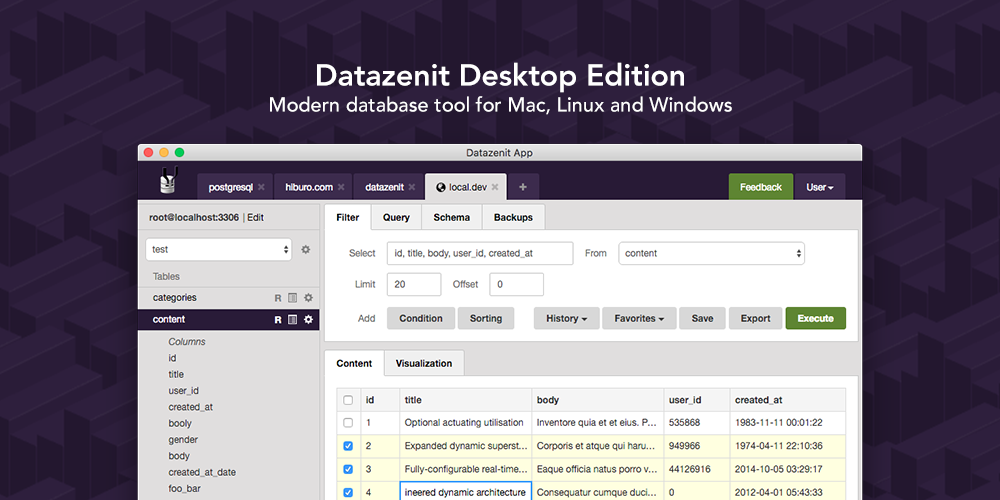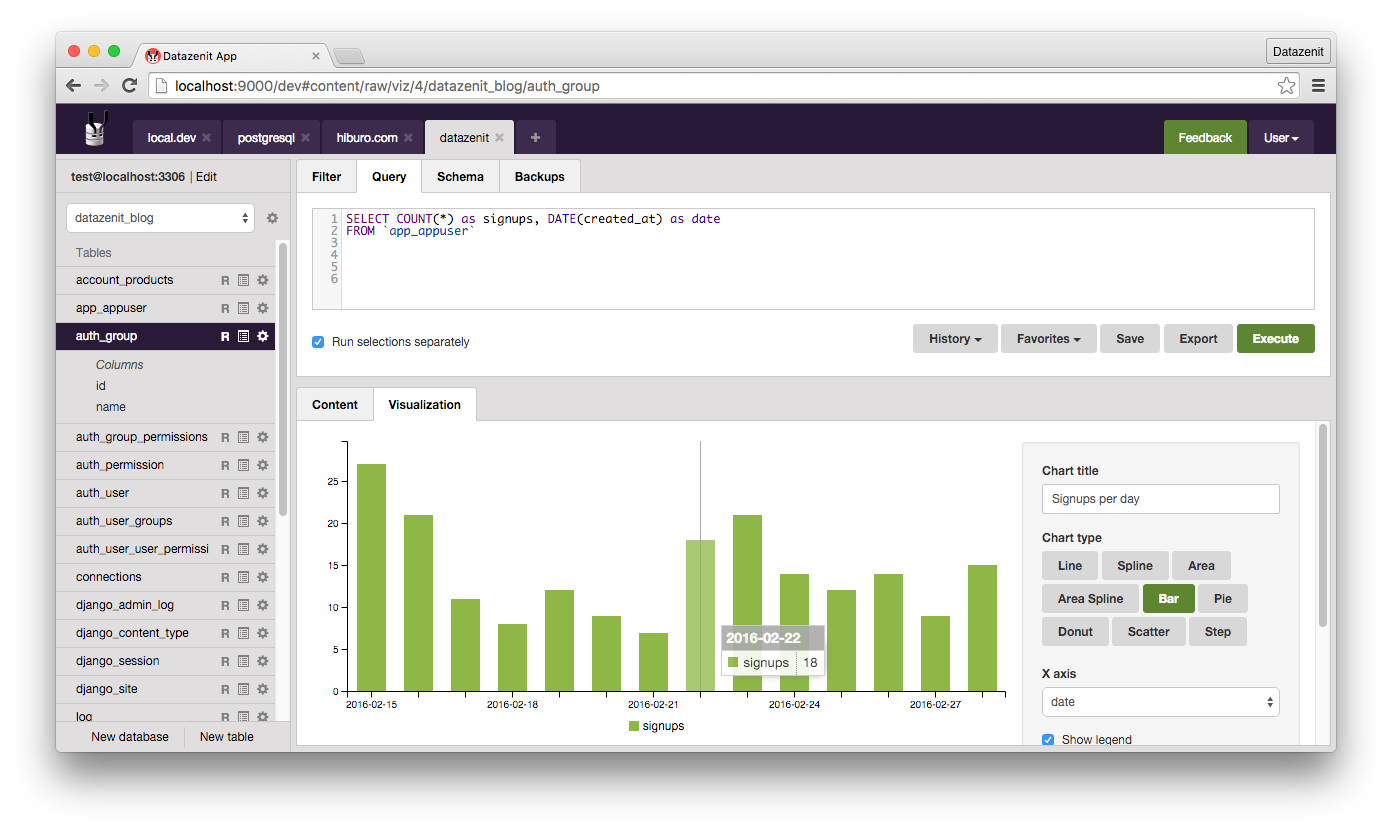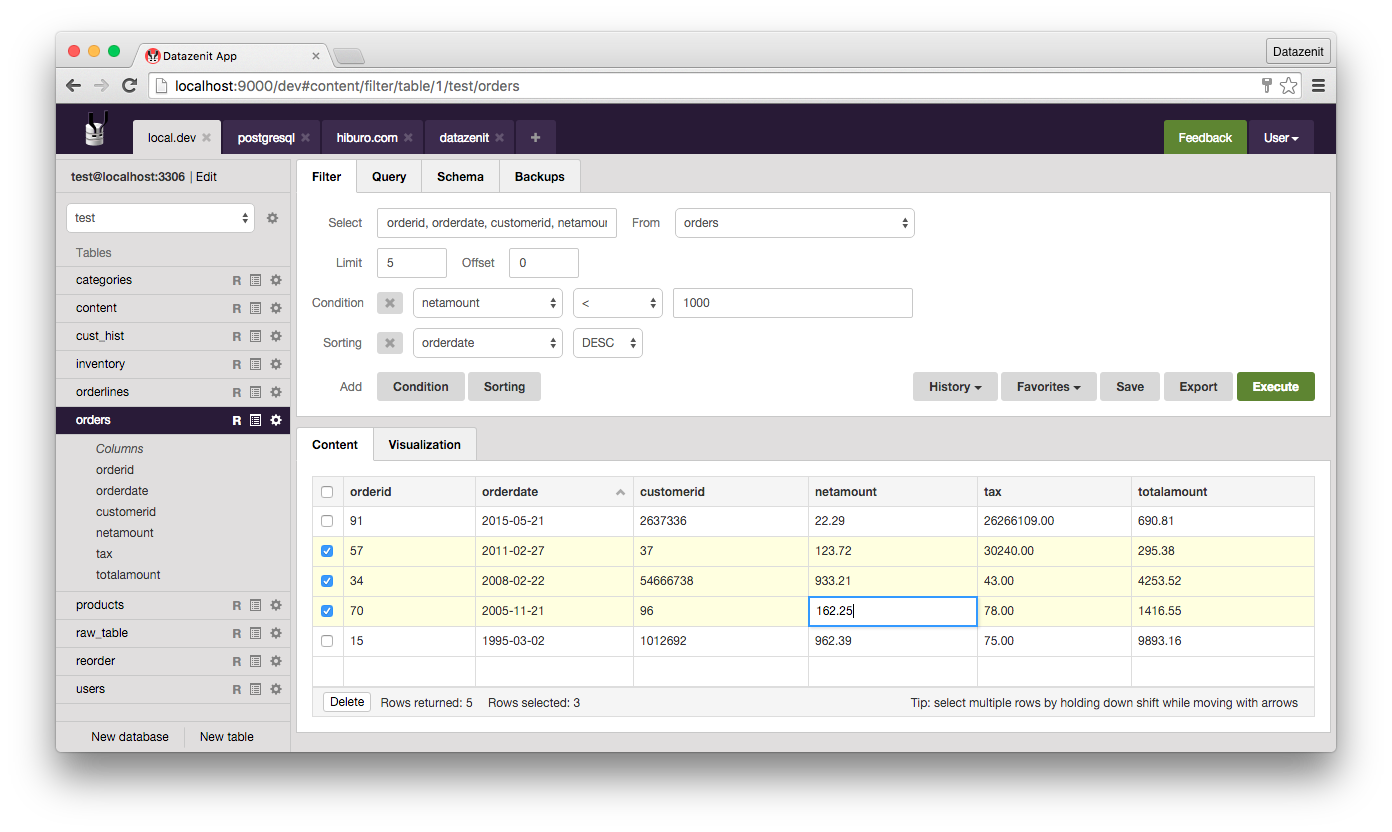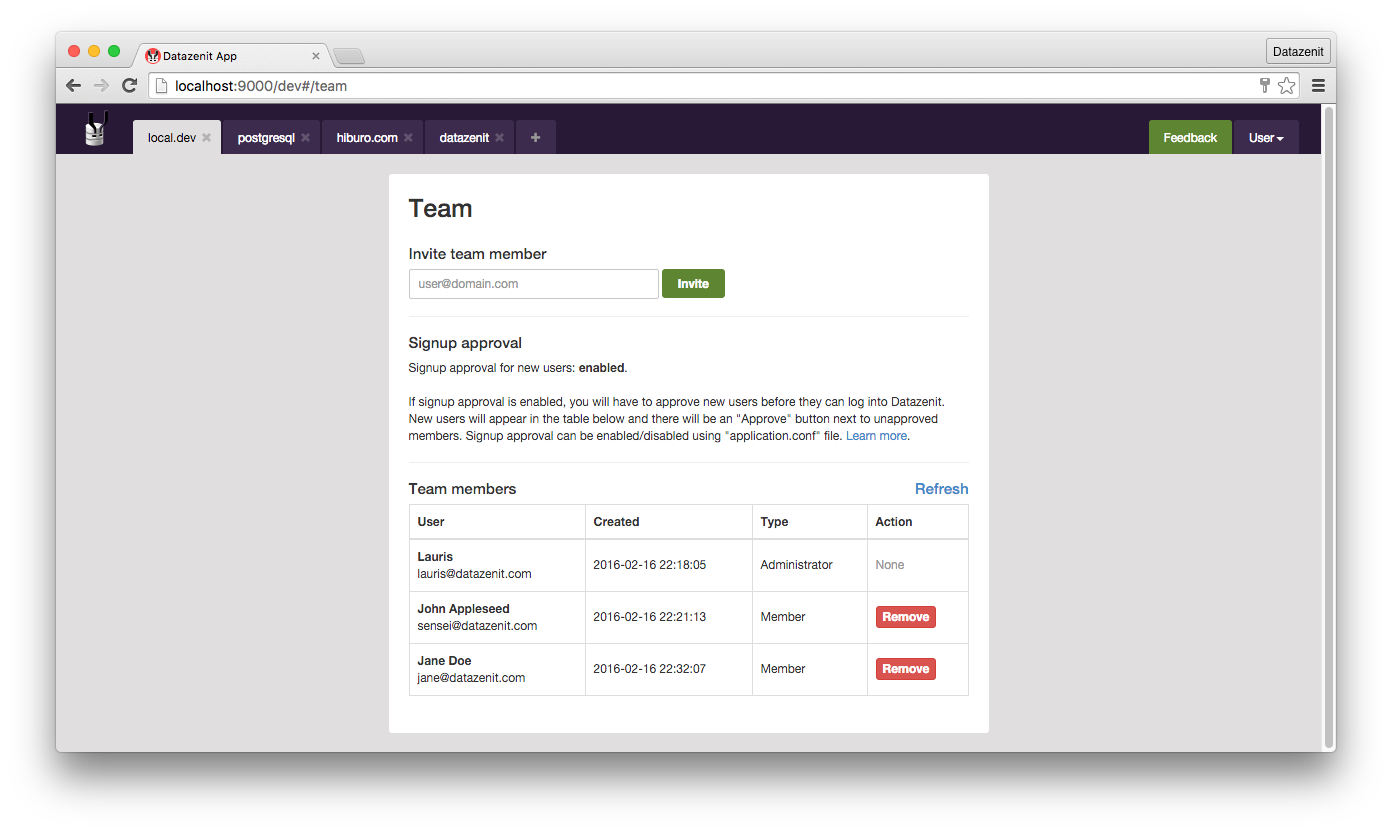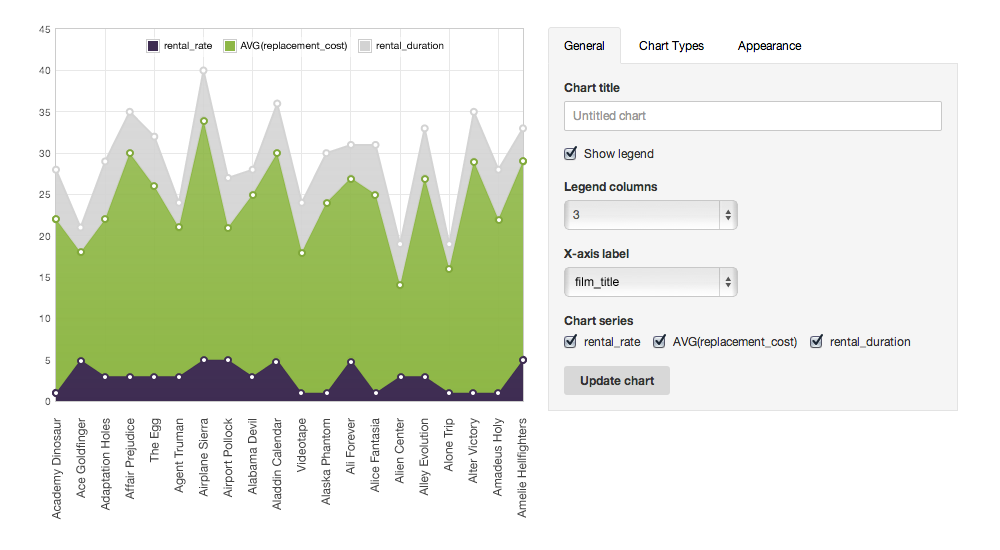Datazenit Desktop Edition
We are proud to announce Datazenit Desktop Edition for Windows, Mac and Linux. The new desktop edition is built on top of Electron framework and offers better UX and integration with operating system.
Datazenit is a modern database administration tool for MySQL and PostgreSQL.
Last month we launched Datazenit 1.0.0, our first public release. Up until now Datazenit was only available as a self-hosted web-based app that had to be started from terminal and accessed via browser. We thought that we can do better and decided to build a fully-integrated desktop application that is easier to use and quicker to try out.
Datazenit Desktop Edition works on all major operating systems: Mac OS X, Linux 32/64bit and Windows. The Windows package comes bundled with Java, but on other operating systems you will have to make sure that Java is present on the system.
Datazenit Desktop and Server Editions are available for download.
